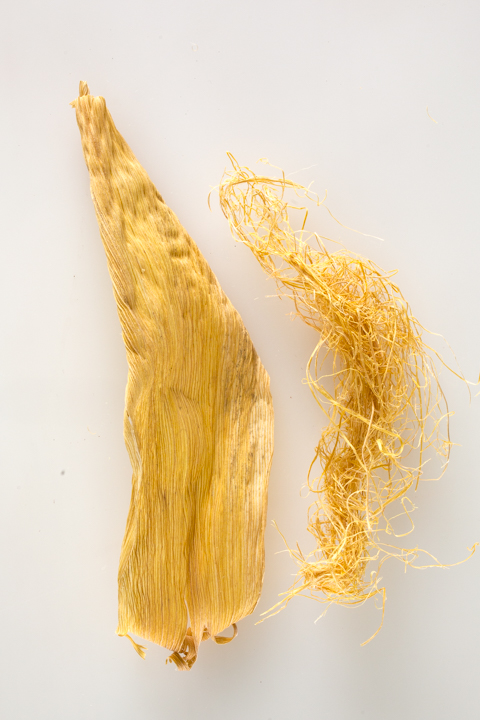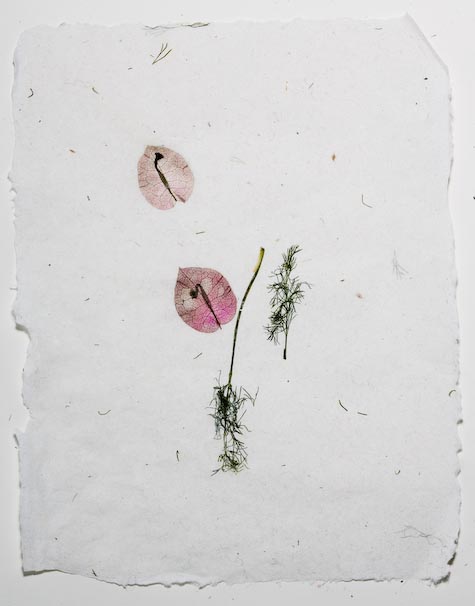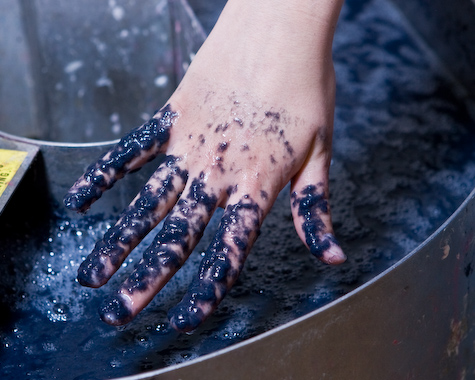How to make Methyl Cellulose paste.
https://youtu.be/xC6p63xnSj0
I don’t use mythel cellulose paste too often. I like when a paste give a stronger bond. But when you need a paste to make book cloth, methyl cellulose is a one paste to use. I keep methyl cellulose powder in the classroom as you never know when you might need it. When I need paste to make book cloth, I like to have a thicker paste. In this video, I heated water till approximately 150 degrees (70 celsius) and then added 18th of a cup of powder to 1 cup (275 ml) of hot water. I needed a full cup of paste to make the two sheets of book cloth. I did have some left over. It is better to make more than you need. It really does take time to fulling formulate. I would hate to be in a situation where I needed a bit more paste and had to make it on the spot. As it happened another student was working with a faux leather book cover and wanted to try using a mix of PVA and Methyl cellulose (MC). When you mix the two at 50% to 50%, you keep some of the bonding qualities of the PVA but gain some open time to work the book cover. At the end of the video can see that the PVA does not look all that different. It is important to label your jars if you want to be sure you know which jar contains the past or adhesive you want to use. I will be working on a video on how I used the book cloth from this vide.




